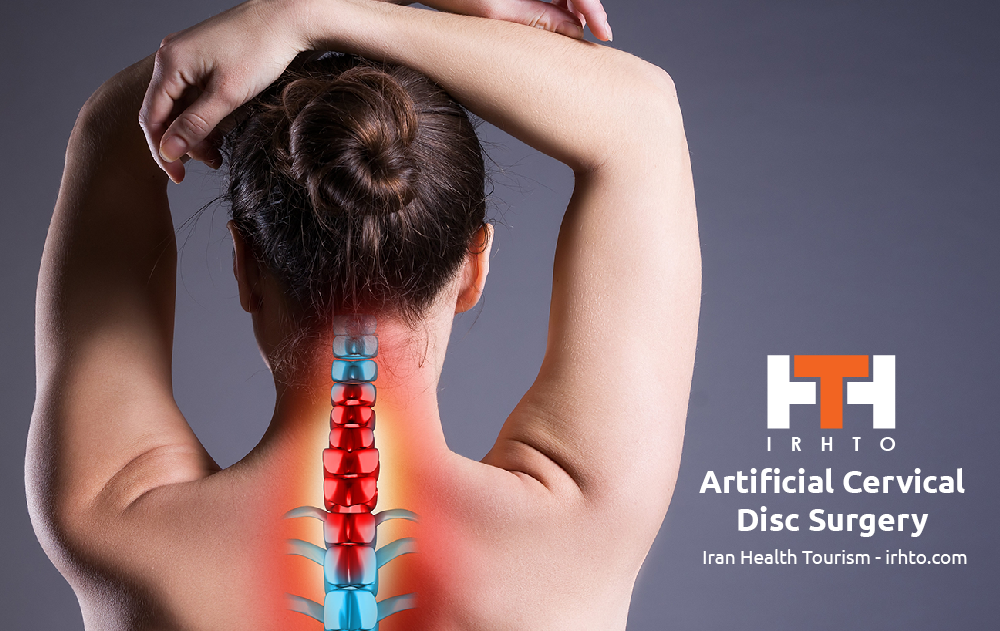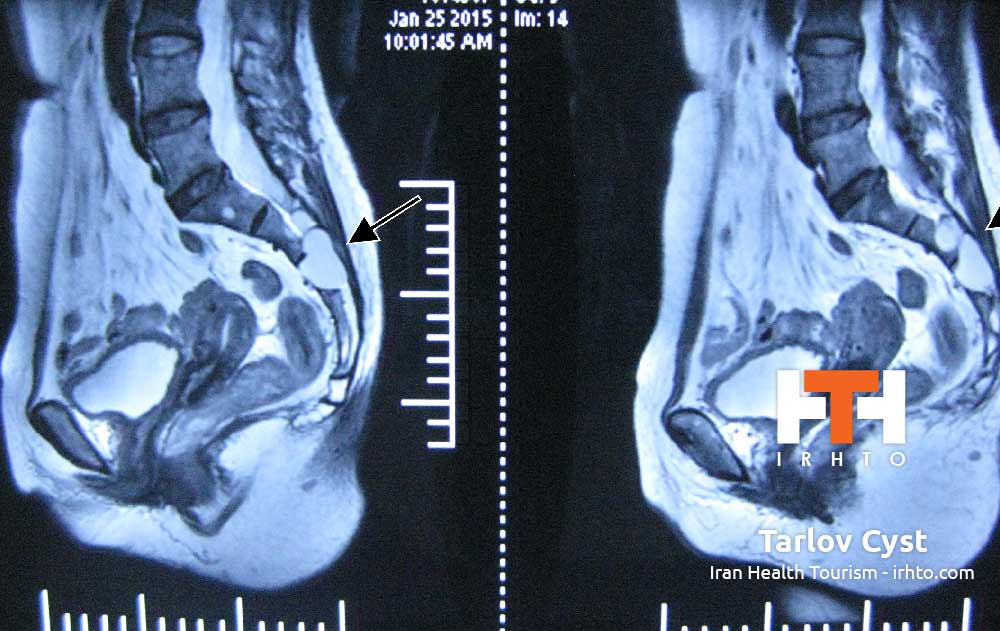
artificial cervical disc surgery
Currently, the most common form of surgery for treating cervical degenerative disc disease is an anterior cervical discectomy and fusion (ACDF). More than 200,000 cervical procedures are performed each year to relieve compression on the spinal cord or nerve roots. Spinal fusion surgery creates a solid union between two or more vertebrae to help strengthen the spine and alleviate chronic neck pain. There are several types of spinal fusion surgery, as well as varied instrumentation used to secure the fusion.
The goals of artificial cervical disc surgery are to:
- Remove the diseased disc
- Restore normal disc height
- Decrease discogenic neck pain and associated arm pain/weakness
- Preserve motion in the affected vertebral segment and
- Improve patient function
In comparison to spinal fusion surgery, potential benefits of artificial disc technology may include more spine mobility after surgery and less stress on adjacent discs. While cervical artificial discs have been shown to preserve motion at the operated segment in most patients, their effectiveness in reducing the rate symptomatic adjacent disc problems has not been established.



